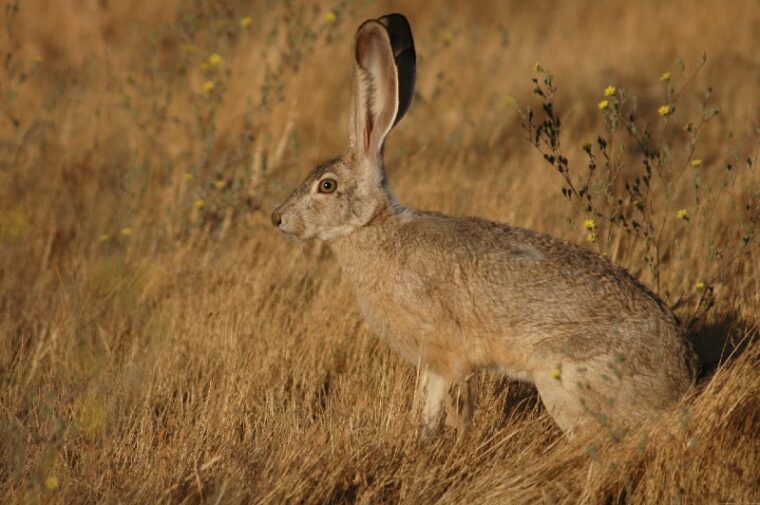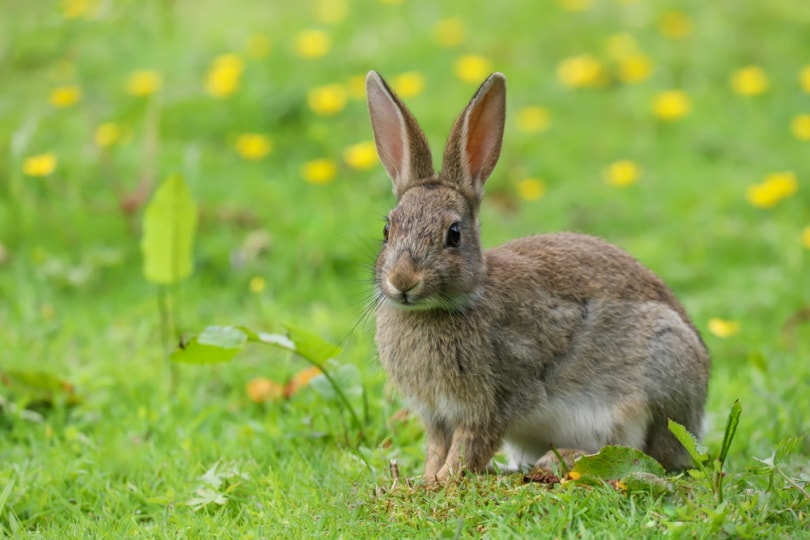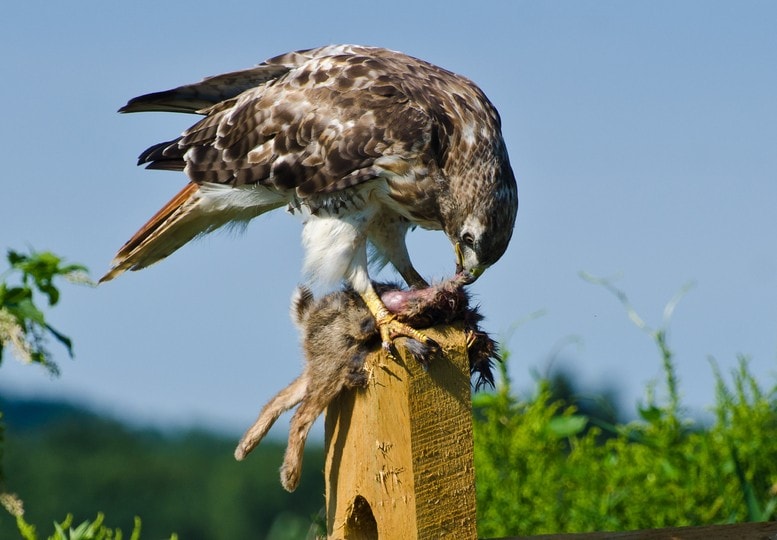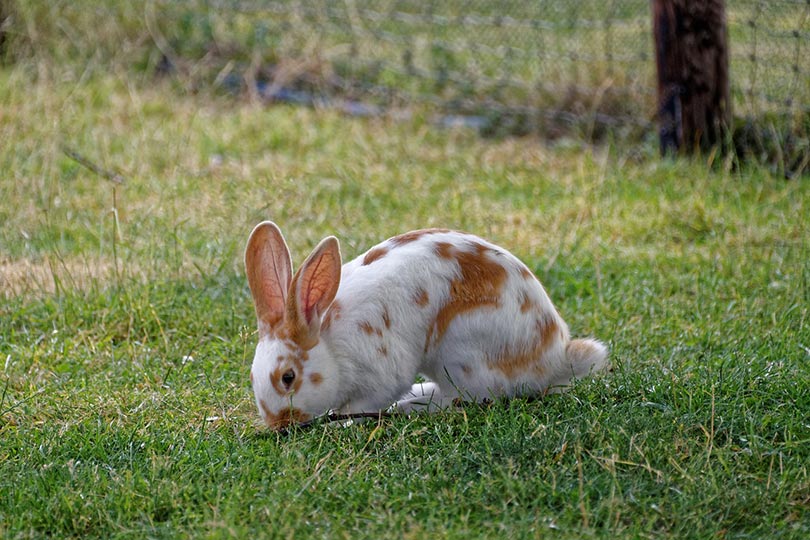
According to the American Veterinary Medical Association (AVMA),1 there are about 2.244 million pet rabbits living in 1.534 million households. Most associate these animals with Easter. Unfortunately, it’s the worst time of the year for bunnies. Roughly 80% don’t survive or are abandoned in the first year of pet ownership.2 Many don’t realize the care involved in caring for a rabbit. Some may let the animal go in the wild thinking they are doing them a favor.
Even wild born rabbits don’t usually survive long in the wild. An Eastern Cottontail Rabbit is lucky if it lives for 3 years.3 That’s an animal that has had the opportunity to learn from its companions. Sadly, a domesticated rabbit is ill-equipped to handle the challenges. It might not see the end of its first year if that long. Many things go against a bunny living long in the wild.

The Habitat
We can consider several factors when discussing a rabbit’s habitat. Wild species are much more tolerant than domesticated rabbits. Think of the Snowshoe Hare, for example. It lives in some of the coldest places in North America,4 including Canada, Minnesota, and Montana. Our pet bunnies can’t handle such extreme conditions. Their max extreme temperature is about 20℉.5
That temperature puts the Upper Midwest and the Northeast as inhospitable for rabbits, based on info from the USDA Plant Hardiness Zones.6 The ideal range is between 60℉ to 65℉.7 The problem is that it would have to expend too much energy to maintain its body temperature, which is 102℉ to 103℉. It also extends in the other direction.
Rabbits have a hard time managing their body temperature in hot weather. It doesn’t help that they can’t perspire. It’s easy for them to get overheated when temperatures soar. They suffer from heat exhaustion if it goes over 90℉. Therefore, we can rule out much of the southern United States that routinely experiences temps over this figure.

Predators
The wild has something the average pet rabbit doesn’t have to deal with—predators. That’s assuming your cat or dog lives peacefully with it. Other animals are probably the biggest threat to domesticated animals, squelching any hopes of survival.
Therefore, the domesticated rabbit has a lot of obstacles to overcome. It has those basic instincts to recognize danger when it sees it but is likely less camouflaged than wild born cousins. The predators can see a snow-white rabbit in the woods or in a field more easily than a brown one. That’s what domestication did for our pets. No wonder a bunny released into the wild won’t survive very long!

Moisture Needs
We’ll say outright that deserts are out as suitable places for a domesticated rabbit to survive in the wild. Plants and animals living in these places are specially adapted to the extreme conditions. They have evolved quickly to manage water stress. Pet bunnies have not. A rabbit needs between 0.75 to 2.3 ounces water per pound. It’s unlikely to find that much liquid in a place that gets only 10 inches yearly.
To be clear, a rabbit’s food supplies some of the animal’s moisture needs. However, it’s not going to make up the difference in these habitats. That makes the American Southwest someplace where a domesticated rabbit couldn’t survive.
Food Requirements
An animal also needs a reliable food source. A typical diet consists of clover, grasses, and other woody foods. You likely feed your bunny primarily timothy hay. Unless the domesticated rabbit lives near an agricultural field, it’s not going to find it in the wild. However, they’re opportunistic feeders, and will give many foods a nibble to see if it is edible. Finding a sustainable source of good nutrition can be hard in the wild.
Many plants are poisonous to rabbits. They include wild species, such as Ragwort, Deadly Nightshade (the clue is in the name), Bloodroot, and Larkspur. Toxic garden plants are Azaleas, Daffodils, Tomatoes, and Lily-of-the-Valley. The fact that rabbits will eat whatever they can find is a factor against them. They may have to have a bad experience before they realize it isn’t safe. Hopefully, they survive the trial.


Final Thoughts
Domesticated rabbits have the instincts of their wild counterparts to survive some of the challenges they would likely face outdoors. However, their abilities are limited by their habitat needs, moisture requirements, and food. Domestication has also made them living targets with colors that put a spotlight on them for hungry predators. They sadly don’t usually live very long when abandoned into the wild.
Featured Image Credit: PublicDomainImages, Pixabay










